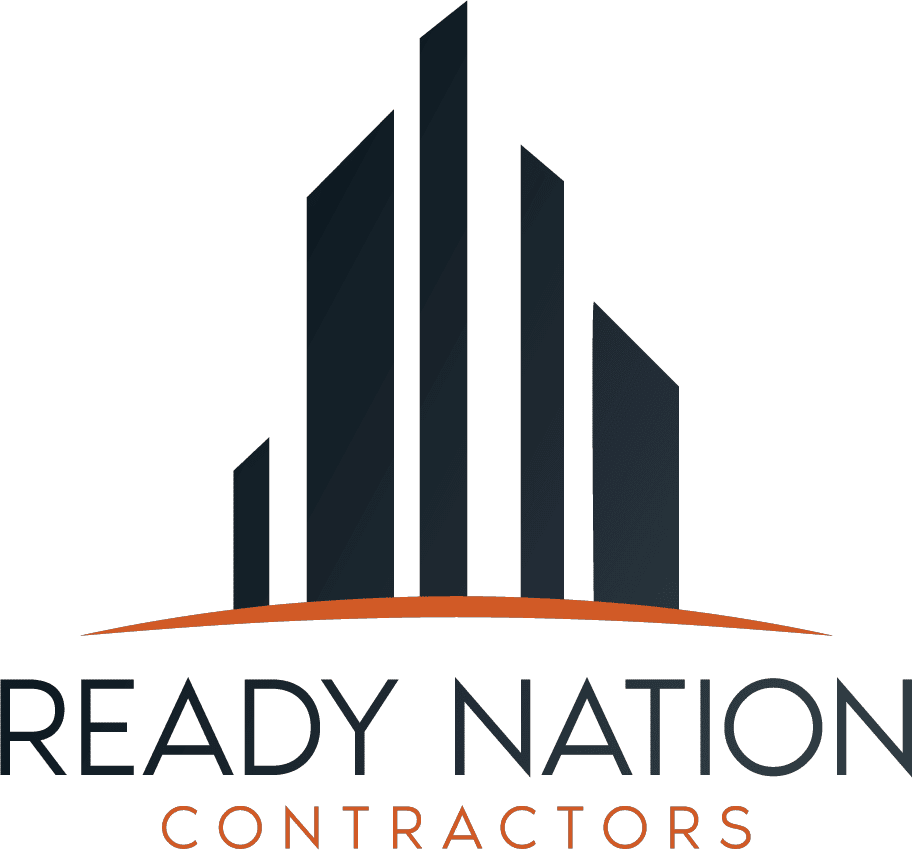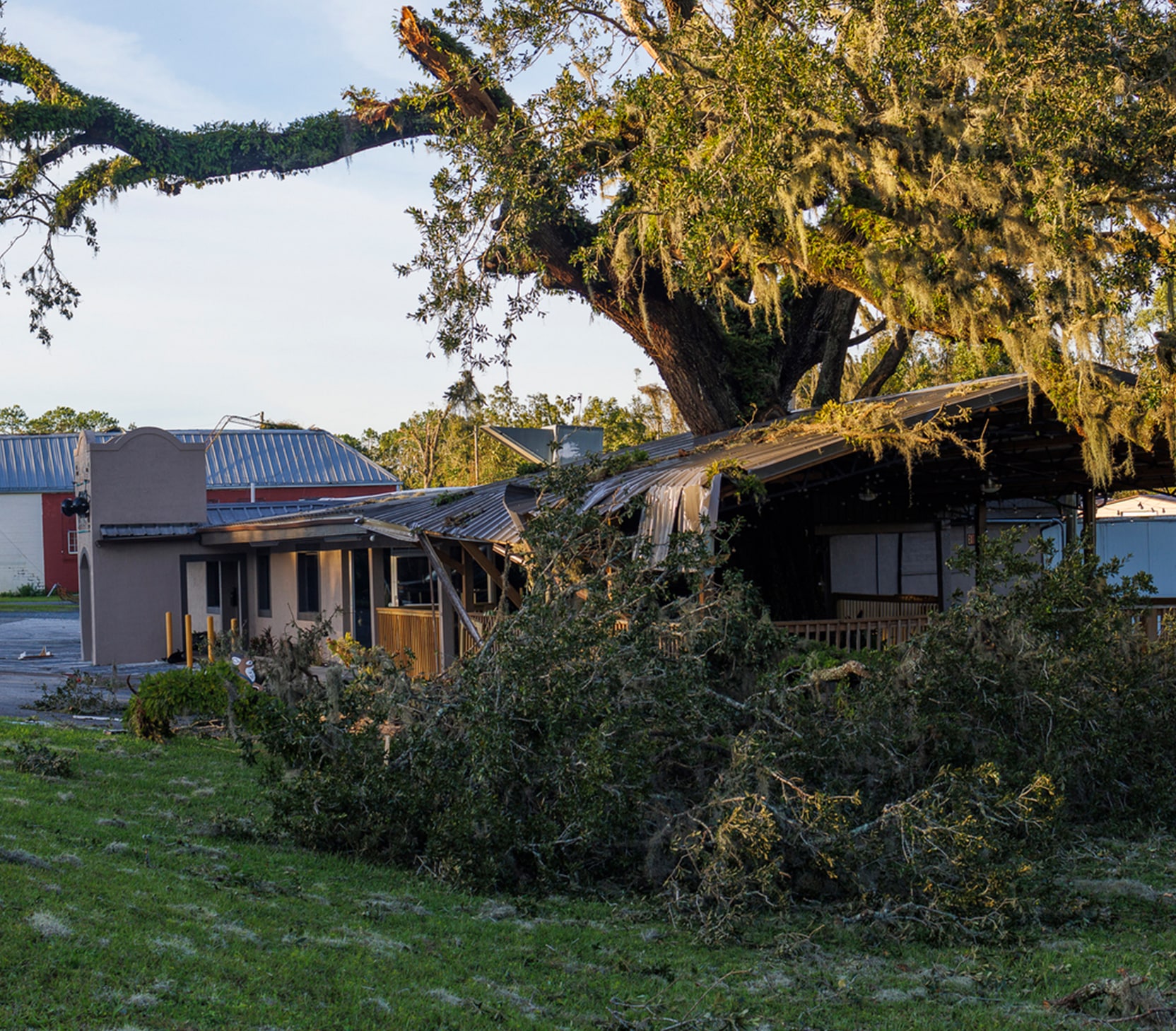Preparing your roof becomes a top priority as Florida’s stormy season approaches. With the state’s notorious thunderstorms and hurricanes, ensuring your roof can withstand heavy winds and rain is critical to protecting your home. While no completely hurricane-proof roof exists, protective measures can significantly enhance roof safety and minimize damage during storms. Here’s a comprehensive guide to help you prepare your roof for stormy season in Florida.
1. Understanding Hurricane Season
When is hurricane season in Florida?
The official hurricane season for the Atlantic Basin includes the Atlantic Ocean, the Caribbean Sea, and the Gulf of Mexico, from June 1st to November 30th. The peak of the season typically occurs from mid-August to late October. Knowing these timeframes is crucial for Florida homeowners, as it allows ample time to prepare and fortify their homes and roofs against potential hurricane threats. By understanding when hurricane season hits, you can take proactive steps to ensure your roof is ready to withstand the severe weather conditions that come with it.
What causes hurricanes, and how do they impact roofing?
Hurricanes form when warm, moist air from the sun-heated ocean evaporates, creating low pressure near the ocean surface. This process leads to strong winds and heavy rainfall as the warm air rises and cools. These powerful storms can wreak havoc on roofing systems, causing wind-driven rain, flying debris, and high winds that can peel shingles off the roof’s surface. Understanding the formation and impact of hurricanes helps homeowners appreciate the importance of robust roofing systems designed to withstand such extreme conditions.
What kind of damage can hurricanes cause to your roof?
Hurricanes can inflict a wide range of damage on roofs, even those structurally sound and securely attached. Wind-driven rain can force large amounts of water into small gaps in flashing, missing shingles, or holes in the roof, leading to leaks and water damage inside the home. Wind speeds during hurricanes can range from 74 mph to over 157 mph, depending on the storm’s strength, and can cause significant structural damage. Additionally, hurricanes often bring flying debris that can impact and damage the roof or even detach the house from its foundation. Awareness of these potential damages underscores the importance of preparing your roof for hurricane season.
1. Schedule a Professional Roof Inspection
Before storm season hits, scheduling a professional roof inspection is essential. Even if your roof seems fine at first glance, hidden vulnerabilities can lead to significant damage during severe weather. Obtaining homeowners insurance policies is also crucial in hurricane preparation to safeguard your home against potential devastation.
A certified roofer will check for the following:
- Loose or damaged shingles that can easily blow off.
- Weak spots in the roof structure.
- Worn-out flashing around chimneys, vents, and skylights.
- Potential leaks that could worsen in a storm.
Regular roof inspections not only protect your home but also extend the lifespan of your roof.
2. Clean Gutters and Downspouts
Clogged gutters can lead to water buildup on your roof, a recipe for disaster during heavy rains. Water pooling can seep into your home and cause structural damage.
To avoid this:
- Remove leaves, branches, and other debris from your gutters.
- Inspect for loose shingles and repair them promptly to prevent them from becoming projectiles during high winds.
- Ensure that downspouts direct water away from your home’s foundation.
- Consider installing gutter guards to reduce debris accumulation.
Regular gutter maintenance is crucial for keeping your roof in good shape, especially when preparing for the stormy season.
3. Trim Nearby Trees
Trees provide shade and aesthetic value, but overhanging branches can be dangerous during a storm. Strong winds can break off large limbs, causing them to fall on your roof.
Here’s what you can do:
- Trim any branches that are close to or over your roof.
- Remove dead or weakened trees that could be uprooted in a storm.
- Hire a professional arborist if you’re unsure which trees pose the most significant risk.
Maintaining the trees around your home minimizes the risk of debris and falling branches damaging your roof.
4. Check and Repair Shingles
Loose or damaged shingles are a common issue in Florida’s climate. High winds can easily rip off these weakened shingles, exposing your roof to leaks and water damage.
Steps to take:
- Inspect your shingles for cracks, curling, or missing pieces.
- Replace any damaged shingles before storm season begins.
- Consider wind-resistant shingles if you’re in an area prone to hurricanes.
High-quality shingles will provide an additional defense against the heavy winds that come with Florida’s stormy season. Hiring roofing contractors to inspect and repair shingles before storm season can ensure your roof is well-prepared and durable.
5. Reinforce Roof Flashing
Roof flashing, the metal pieces installed around chimneys, skylights, and vents, plays a crucial role in the roofing system by preventing leaks. However, if flashing is damaged or improperly installed, it becomes a weak point in your roof during storms.
Check your flashing for:
- Signs of rust or corrosion.
- Cracks or bending.
- Loose or improperly sealed edges.
If you spot any issues, hire a professional to repair or replace the flashing to ensure your roof remains waterproof.
6. Invest in Hurricane Straps
Florida homeowners are no strangers to hurricanes, and installing hurricane straps is one of the most effective ways to secure your roof during extreme weather.
Hurricane straps:
- Reinforce the connection between your roof and your home’s walls.
- Help prevent your roof from being torn off during high winds. Properly secured roof trusses also play a crucial role in enhancing the roof’s structural integrity during hurricanes.
- Are required by Florida building codes in certain areas.
If your home doesn’t have hurricane straps, consult a roofing contractor to see if they can be retrofitted.
7. Consider Roof Sealing
Another valuable preventive measure is applying a roof sealant, which can add an extra layer of protection against water damage.
Roof sealing:
- It helps to waterproof your roof.
- Seals small cracks and gaps that could lead to leaks.
- It is especially beneficial for flat roofs, which are more prone to water pooling.
A professional roofing company can apply a high-quality sealant that helps your roof withstand Florida’s heavy rain.
9. Choosing the Right Roofing Materials
Select quality roofing materials that can withstand high winds
Choosing the right roofing materials is essential for ensuring your roof can withstand high winds and severe weather conditions. When selecting materials, look for products that offer wind warranties up to 130 mph (210 km/h). Not all roofing materials are created equal, so choosing those engineered for high wind resistance, such as impact-resistant shingles, is essential. Some shingle manufacturers recommend different installation practices for high-wind conditions, so consider a high-wind application if you live in a hurricane-prone area. Additionally, the choice of underlayment can significantly impact your roof’s performance. Ensure your roof has at least the minimum amount of ice and water protector, and opt for synthetic underlayments that offer better moisture protection than traditional felt. Investing in quality roofing materials can enhance your roof’s durability and resilience against Florida’s stormy season.
Have a Roof Emergency Plan for Hurricane Season
Even with the best preparation, a strong storm can cause unexpected damage. Having an emergency plan can save you time and stress if your roof is damaged.
Your emergency plan should include:
- The contact information for a reliable local roofer.
- Temporary solutions like tarps will cover exposed areas until repairs can be made.
- Emergency roof repair kits are available at home improvement stores.
Taking these steps now will help you respond quickly to any issues during the stormy season.
Conclusion
Preparing your roof for Florida’s stormy season is essential for protecting your home and ensuring your family’s safety. From scheduling a professional inspection to reinforcing shingles and flashing, every step you take adds another layer of defense against the elements. With hurricane season looming, don’t wait—prepare your roof for stormy season now to avoid costly repairs and damage later.
By following these tips, Florida homeowners can weather the stormy season with greater peace of mind.




